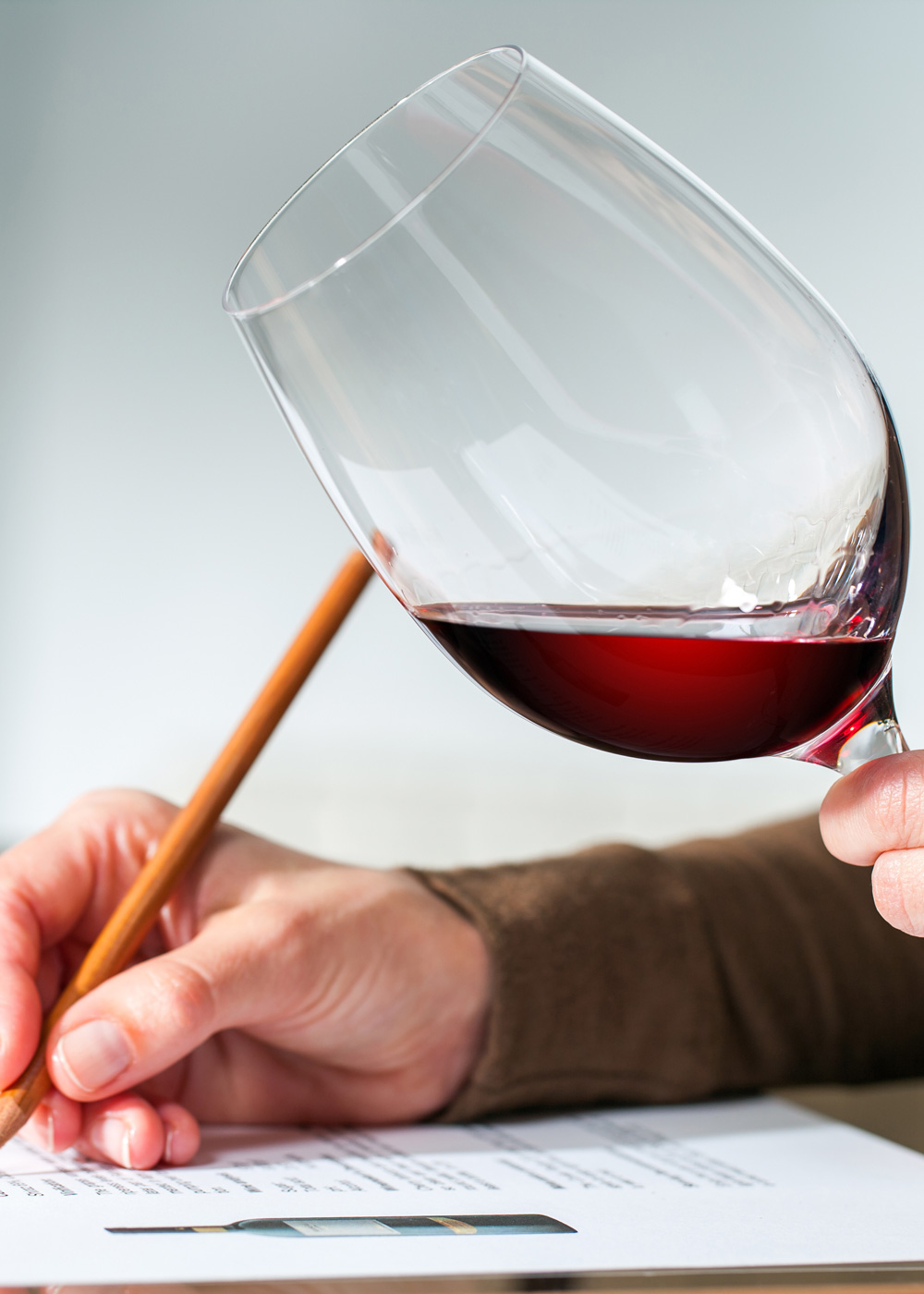Tasting wine is a personal experience for each and every one of us. For some people, wine is passive – something that requires little attention, yet still has the capacity to offer them pleasure. Others may choose to be active participants as they taste. They ask questions in order to gain a deeper understanding and appreciation for their wines. We should seek answers to the following questions in order to determine the overall quality of a wine.
What Does the Wine Look Like?
Observing a wine’s clarity, color, and color intensity can give us insight into its quality. Wines that display a murky or cloudy appearance are not suitable for consumption. The color and degree of its intensity may indicate a specific type of wine, as well as a clue to its age. How does the wine’s rim appear when compared to its core? “Legs,” also known as “tears,” are derived from the wine’s level of alcoholic strength. If the wine has bubbles, is it supposed to? To best view the appearance of a wine, find a room with sufficient lighting and hold the bowl of your glass above a white background, such as a cloth napkin or piece of paper. As you look through the glass, the wine will contrast against this background, making it easier to see clearly.

What Does the Wine Smell Like?
The aromas emanating from a glass of wine can tell us a great deal of information. These aromas should always be clean, or the wine may be faulty or flawed. Is the aromatic intensity light, pronounced, or somewhere in between? Certain grape varieties show more intensely on the nose than others. The individual aroma characteristics of a wine can be grouped into three categories: primary, secondary, and tertiary. Primary aromas include fruits, flowers, pungent spices, and minerality. They are derived solely from the grape variety or blend of grapes used to make a wine. Secondary aromas, such as vanilla, sweet spices, toast, toffee, butter, or hazelnut, result from the winemaking process. Tertiary aromas only develop as a wine matures. Dried fruits, honey, mushrooms, smoke, leather, cedar, and tobacco are all examples of tertiary aromas. Wines that display primary or both primary and secondary aromas are youthful. Wines that display primary, secondary, and tertiary aromas are developing, and may improve with additional age. Wines that dominantly display tertiary aromas are fully mature.

What Does the Wine Taste Like?
When we take a sip of wine, we perceive many things, including its body, sweetness level, acidity, tannin, individual flavors, and perhaps even alcohol. Is the wine light-, medium-, or full-bodied? Is it dry, sweet, or somewhere in between? Is its acidity mouthwatering, vibrant, flabby, or astringent? How tannic is it, and what are the tannins like – coarse, velvety, fine-grained, ripe, green, or bitter? Is the alcohol delicate, light, or hot and burning? Is the intensity of flavor light, medium, or pronounced? What flavors do we taste? Like the aroma categories above, flavors can also be primary, secondary, or tertiary. Is the wine delicate, creamy, elegant, chewy, hollow, aggressive, lively, angular, cloying, tart, structured, or shapeless? What about the finish? Is the wine harmonious? The possibilities are almost endless!

Drawing a Conclusion
Now that we’ve analyzed various components of the wine, there are a few more questions to ask. Does it display typicity – for example, does this Cabernet Sauvignon taste like a Cabernet Sauvignon? Do all the parts work together to present a complete and well-balanced wine? Is it simple or complex? Should we drink it now, or let it age longer? Hopefully, it’s not past its best. Also, consider the price – is it a good value? Once we know the answers to all of these questions, we can determine the overall quality of the wine. Is it of faulty, poor, acceptable, good, very good, or outstanding quality? We should use earlier observations to defend our conclusion.

Final Considerations
The information above is meant to provide you with a basic foundation for effectively evaluating wines. Practicing these steps with as many wines as possible will help you develop and reinforce your tasting skills. Those tasters especially interested in expanding upon this foundation will benefit from enrolling in programs like the Wine & Spirits Education Trust (WSET) or the Court of Master Sommeliers.



